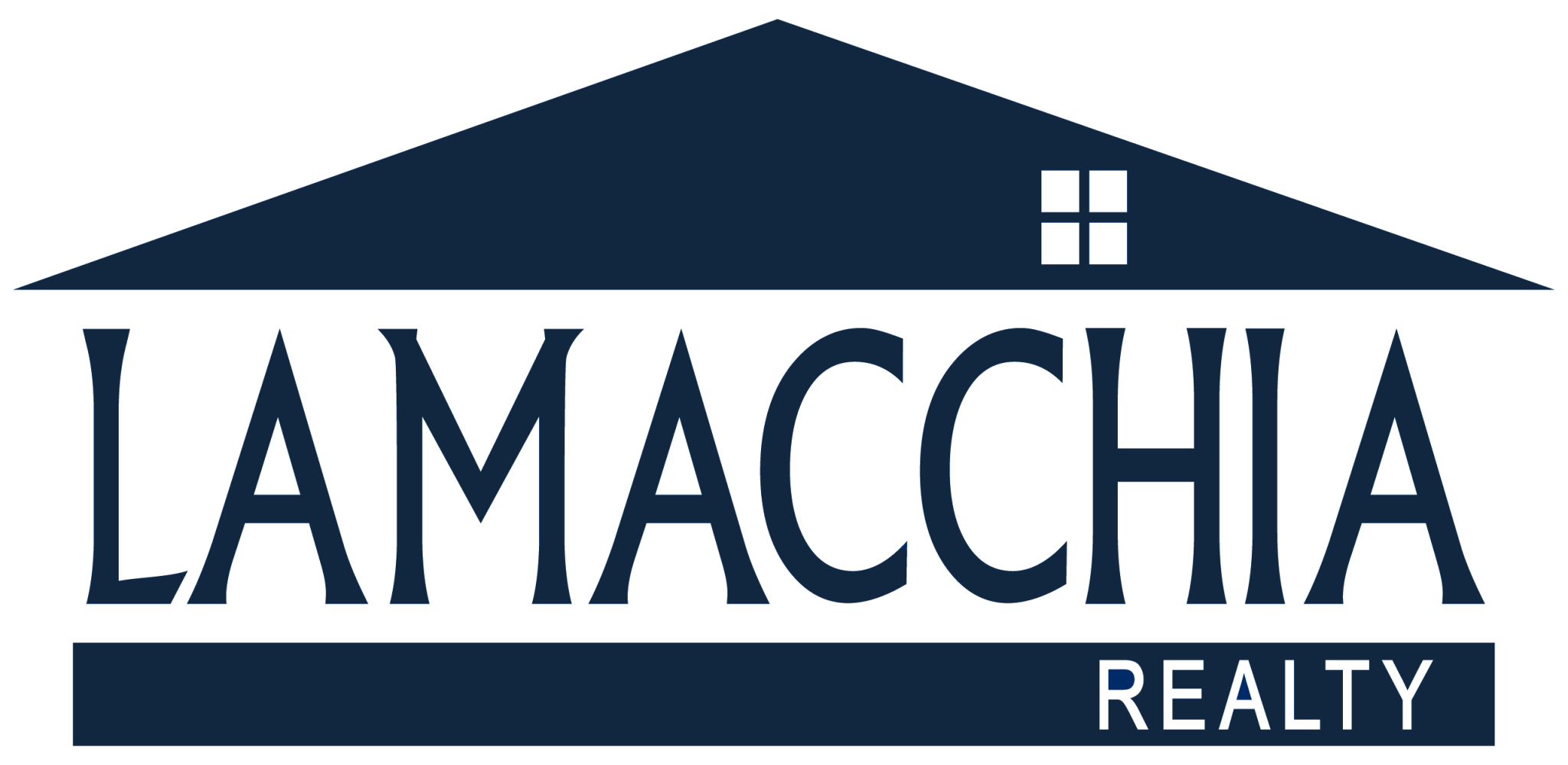 There’s no denying that the housing market is the best it has been in years and with the rapid increase in home prices over the last year with no signs of slowing down, the Federal Housing Finance Agency (FHFA) has raised maximum conforming loan limit up to $484,350. That’s a 6.9% increase from the 2018 maximum of $453,100 and in higher-priced areas, loan limits are capped at 150% of the baseline of $484,350.
There’s no denying that the housing market is the best it has been in years and with the rapid increase in home prices over the last year with no signs of slowing down, the Federal Housing Finance Agency (FHFA) has raised maximum conforming loan limit up to $484,350. That’s a 6.9% increase from the 2018 maximum of $453,100 and in higher-priced areas, loan limits are capped at 150% of the baseline of $484,350.
What is a Conforming Loan Limit?
A Conforming Loan Limit is a mortgage loan that conforms to Fannie Mae and Freddie Mac guidelines and is established by the Housing and Economic Recovery Act (HERA). It is reviewed each year and is adjusted to reflect the change in the average home price in the United States.
What Does This Mean?
These loans are backed by Fannie Mae (FNMA, +2.61%) and Freddie Mac (FMCC, +1.77%), the two government-sponsored enterprises. By raising these loan limits, the mortgage market runs smoothly. If these bigger mortgages are sold by banks and other lenders, it’s easier for them to continue to lend, making it easier for home buyers to find financing that is more beneficial that other types of mortgages, such as those backed by the Federal Housing Administration (FHA).
What is the Risk?
Fannie Mae and Freddie Mac operate with a slim capital reserve, meaning that in any quarter, either company is at risk for having to take taxpayer money.
Is There a Ceiling on the Limit?
The new limit of $484,350 is the baseline for conforming loans and applies to one-unit properties. This limit also applies to areas in which 115% of the local average price of homes exceeds the baselines. The limit can vary but the new ceiling limit is $726,520, which is 150% of the baseline amount. For those in Alaska, Hawaii, Guam, and the U.S. Virgin Islands, the ceiling is $726,525.
These new limits are effective as of January 1, 2019 and limits for two-to-four unit properties as well as counties and county-equivalent areas have also been put in place.
